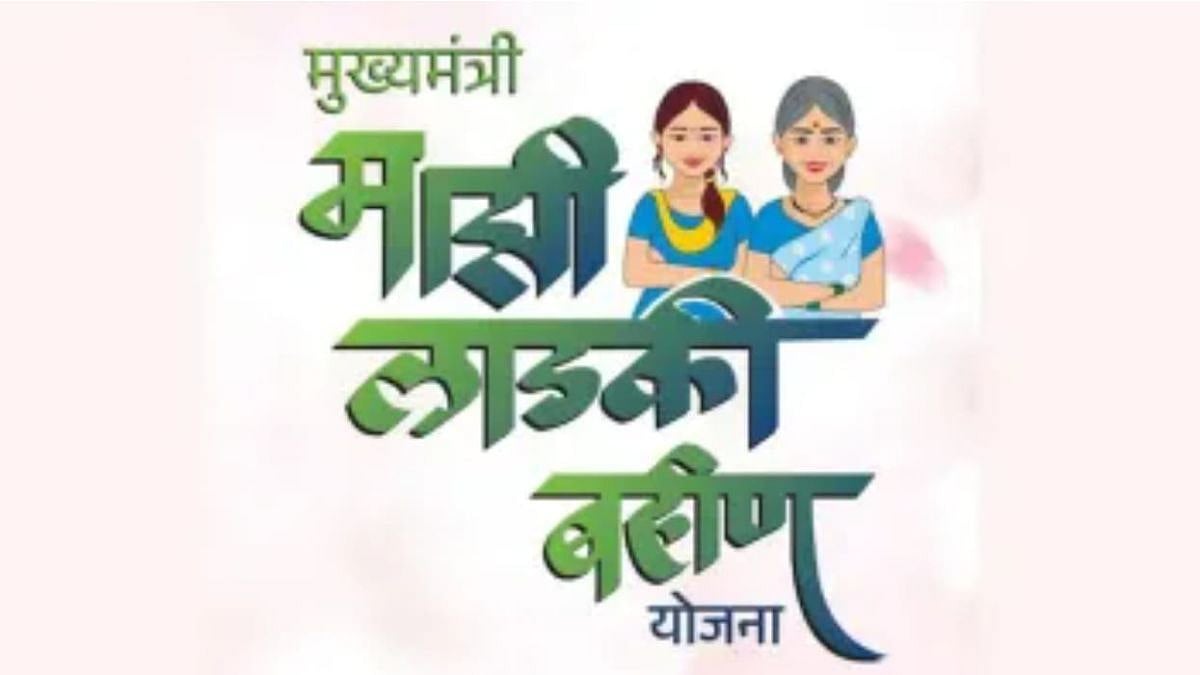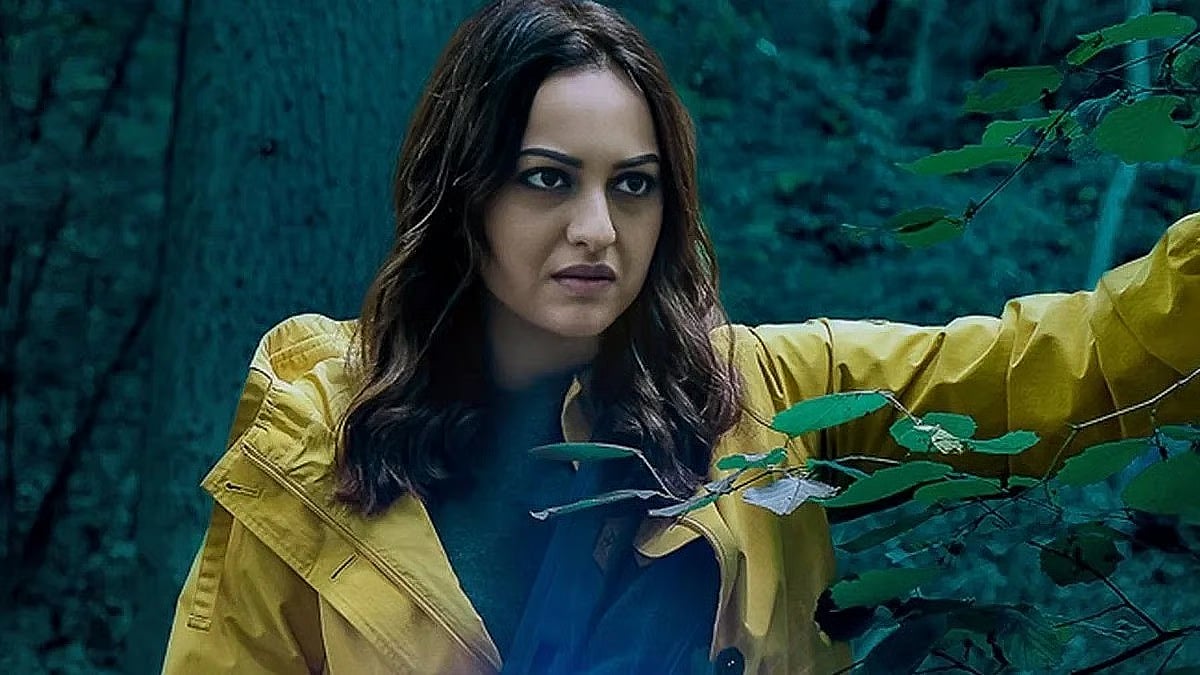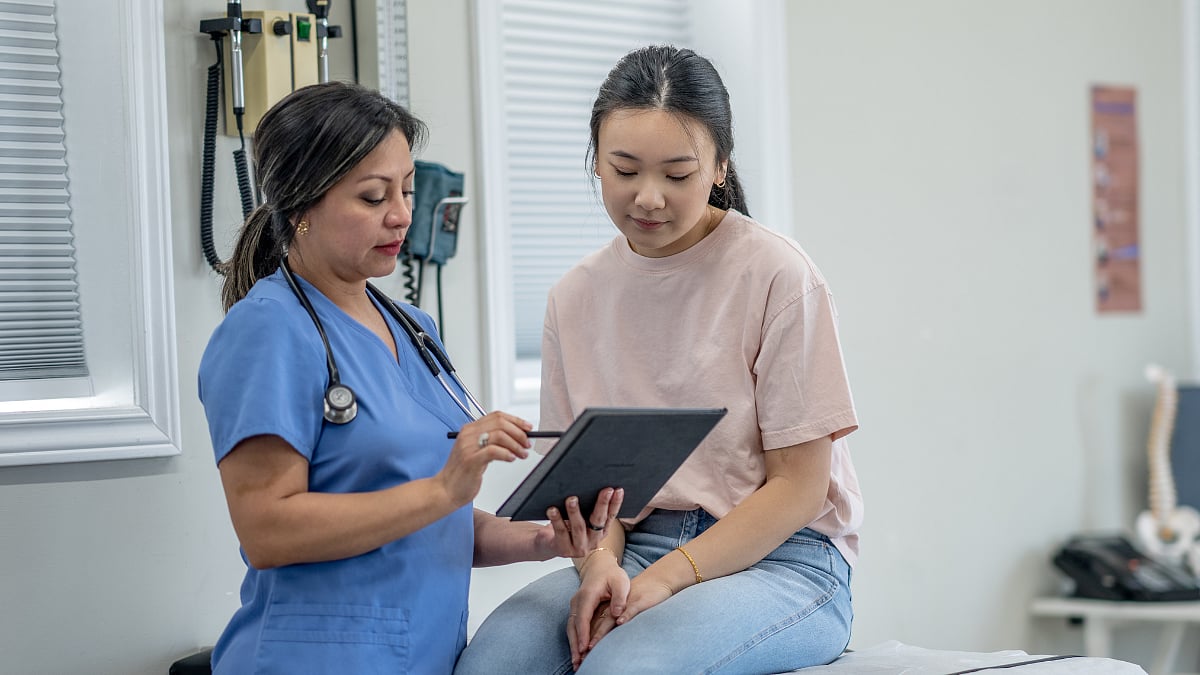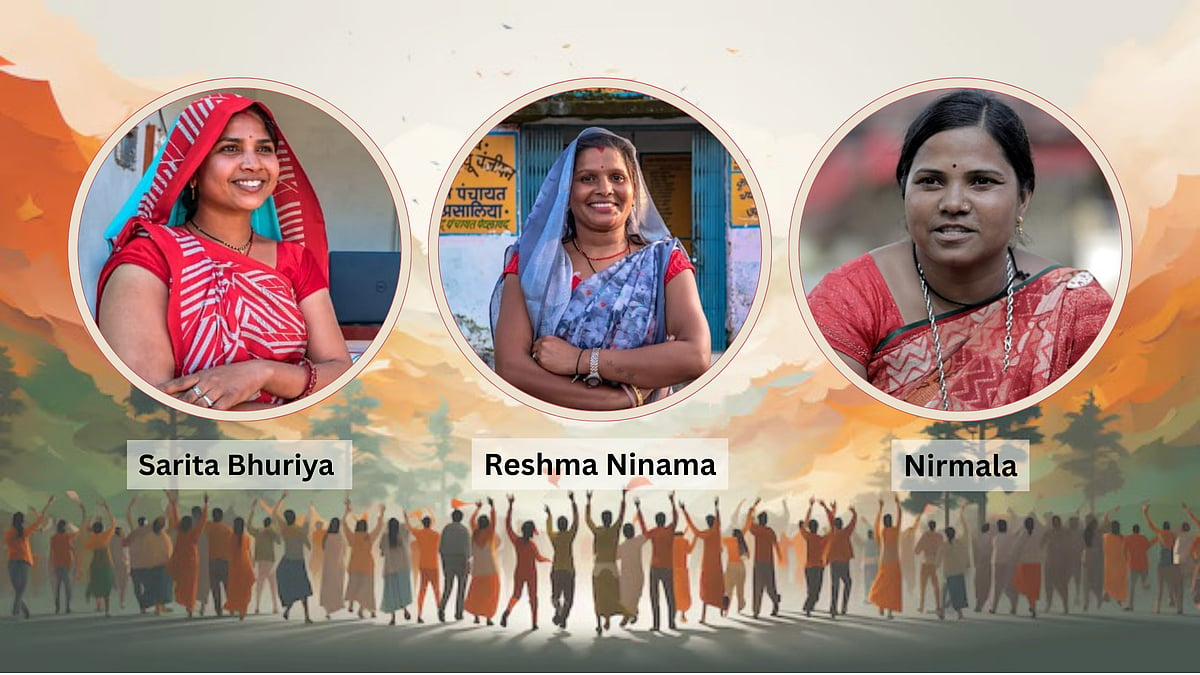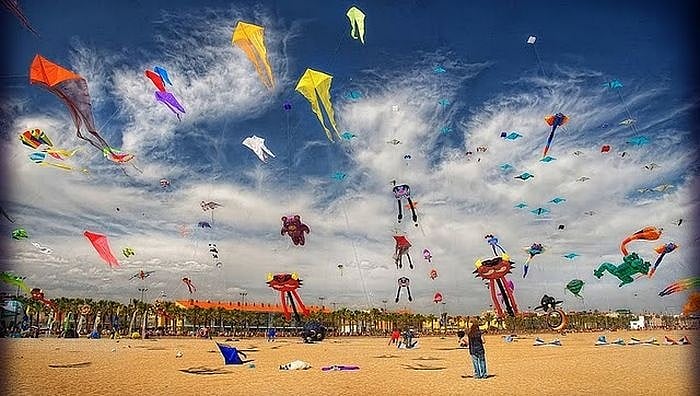Mesmerised by the profound beauty of Late Ustad Rashid Khan’s singing, classical film songs like Mohe rang do lal (Bajirao Mastani) or the ringing sounds of Niladri Kumar’s sitar? Do you feel both intrigued and drawn to Indian classical music? Pursuing classical music as a hobby can be an elevating stress-buster. Also, given its oceanic nature, you can never get bored. With three decades of serious musical engagement behind me, I am still excited to explore. Since vocal is the basis of all music, it’s best to start with lessons in vocal classical music, even if you wish to play an instrument later.
Seek a guru
Indian classical music or raga sangeet is a highly evolved system of music, which has come down to us from the Vedic period, and today has two main schools, Hindustani and Karnatic. To learn this music, firstly search out a good music school or music teacher -- the nearer to your house the better. Learning from Youtube is definitely not enough for a beginner, given the depth of Indian classical music. A vibrant music school/class is ideal as it will keep you enthused apart from educating you musically. Once you have found a suitable guru, you are set to journey into the world of ragas.
What is raga
The word raga literally means emotion. In the musical context, it denotes a musical space, formed by swaras or musical notes. I like to compare a raga to a city/country. Like a city, every raga has certain boundaries (certain notes and combinations), and innumerable paths within those boundaries, which you can spend a lifetime exploring. Every raga has its own character too. For example, raga Malkaus is a serious raga, Raga Bhairavi lively. And like humans have raised edifices, monuments, gardens et al in every city, so also different musicians have composed innumerable songs, thumris, ghazals, bandishes in each raga. Bollywood songs, especially old ones, were largely based on our ragas. Such as in Raga Yaman, you have a whole array —Jab deep jale aana, Naam gum jayega, Mausam hai aashikana, Jiya le gayo ji mora sawariya, etc. A grounding in Indian classical music is thus important to gain proficiency in any branch of Indian music.
Master the basics
Orientation in this music generally starts with teaching of scales, called as thaats, from which originate different ragas. Follow your teacher’s instructions carefully with an attitude of shraddha. Initially, the teacher will try to strengthen your recognition of different swaras (sound frequencies), and may give you simple musical phrases to practice. Spend some time daily to practice these diligently with full concentration, seated in one place. You can also practice these mentally or hum them while travelling, but do not compromise on your focused practice as there’s no substitute for daily riaz, to grow as a singer.
Listen attentively
Once you start learning ragas, make it a habit to listen to different renditions of the raga and songs in it, to deepen your understanding of the same. Our music is termed as ‘Shravan vidya,’ that has to be imbibed through hearing. Look up maestros on Youtube. Also, record your own singing from time to time and listen to it. This is useful to identify one’s mistakes and weak areas and work on them.
Unleash your creativity
What distinguishes Indian classical music is that it is almost wholly improvised by the performing artist. Within some rules, you have complete freedom to create. Thus, it’s good exercise for your brains. Once you have made some headway with ragas, you can play with the notes. Generally, students start with composing short tans (fast pieces), and this is a joyous process.

Practice with tabla
In Indian music, taal and melody go hand-in-hand. So studying different taals (rhythmic cycles) and practicing with the tabla is a must. You can practice with an electronic tabla for most days, but also sing with a live percussionist at least once a week or fortnight to perform on stage confidently.
Says Pandit Budhaditya Mukherjee (sitarist), “There’s no fun in doing anything without sincerity.” Pursue classical music with sincerity and enjoy a habitual high life condition.
(Munmun Ghosh is a Sangeet Visharad in vocal classical music and a performing sitar player. She has featured in records, on television and different music concerts down the years. She performs, teaches sitar, and also holds music therapy workshops)


